Global consulting firm A.T. Kearney released its annual Global Retail Development Index (GRDI) and there has been some reshuffling in the ranking of countries that may offer the best expansion opportunities for international retailers and retail real estate developers. The 30-country index takes into account four macroeconomic and retail industry-related measures, including population size, market saturation, country risk and the time pressure to enter the country, among others. To see who made the top 10 on this year’s index, click through our slideshow.
10. Armenia

Small Eurasian country Armenia fell four places from its ranking in last year’s index, but still managed to hold on to the number 10 spot. It continues to benefit from a low risk profile compared to many other emerging markets, but with a population of roughly 3 million people, is also relatively small and somewhat saturated with retail, with a rating of 82.1 percent on a scale from 0 to 100. Still, “In Yerevan, the country’s capital and home to about 80 percent of the country’s sales, shoppers spend almost $100 million monthly on consumer goods, primarily food,” A.T.
9. Malaysia
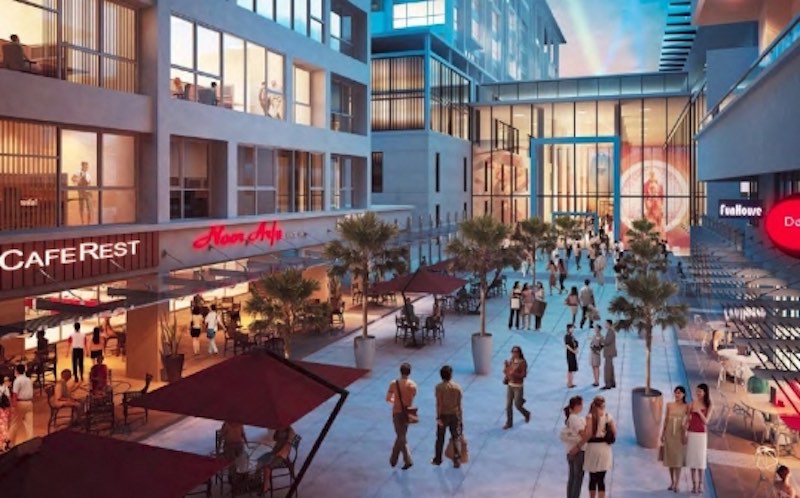
Malaysia has 10 times Armenia’s population and has much more room for new retail entrants, with a market saturation of 29.3 percent. At the same time, it comes with much higher country risk.
From our partners:
8. Brazil

Another country that has moved down three spots in the rankings from 2014 to 2015 is Brazil. Brazil offers retailers a huge number of potential consumers, with a population of 203 million, and moderate market saturation at 45.2 percent. But it does come with substantial country risk and its GPD per capita, at $15,000, is lower than Malaysia’s and many other countries’ in the top 10.
7. United Arab Emirates
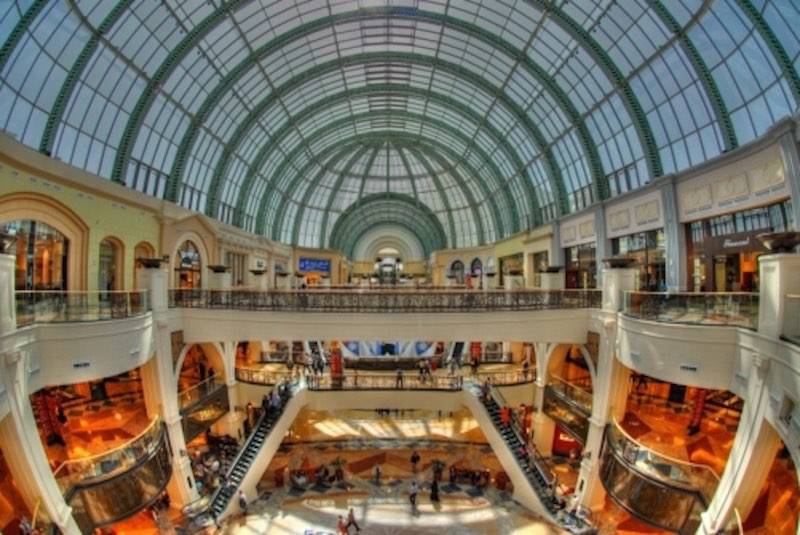
United Arab Emirates (UAE) also fell three places in the rankings this year, to number 7. Unlike Brazil, UAE has one of the highest GDPs per capita in the complete 30-country index and one of the least saturated retail markets, at 16.5 percent. But it also has a relatively small population, at 9 million, and much higher than average country risk.
6. Georgia
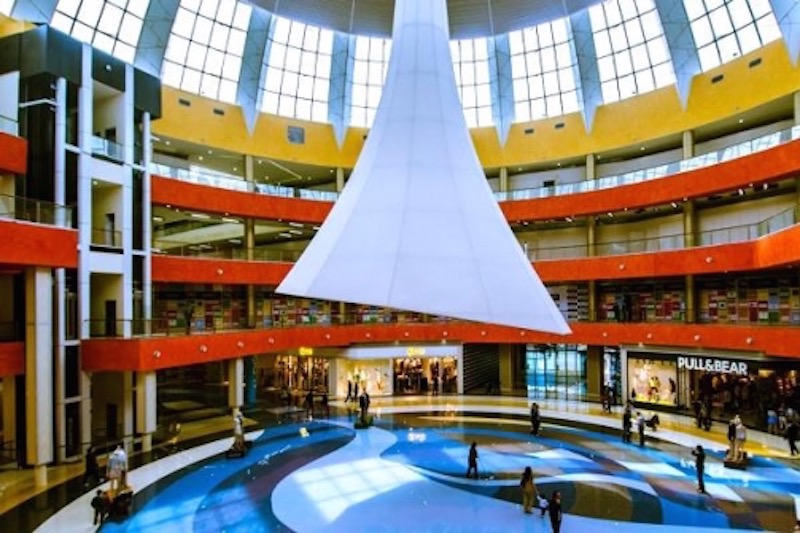
Armenia’s neighbour Georgia, on the other hand, moved up a spot. It offers retailers and retail real estate developers an acceptably moderate risk profile, though market saturation is on the higher side, with 78.8 percent and the population pool is comparatively small, at 5 million.
5. Mongolia
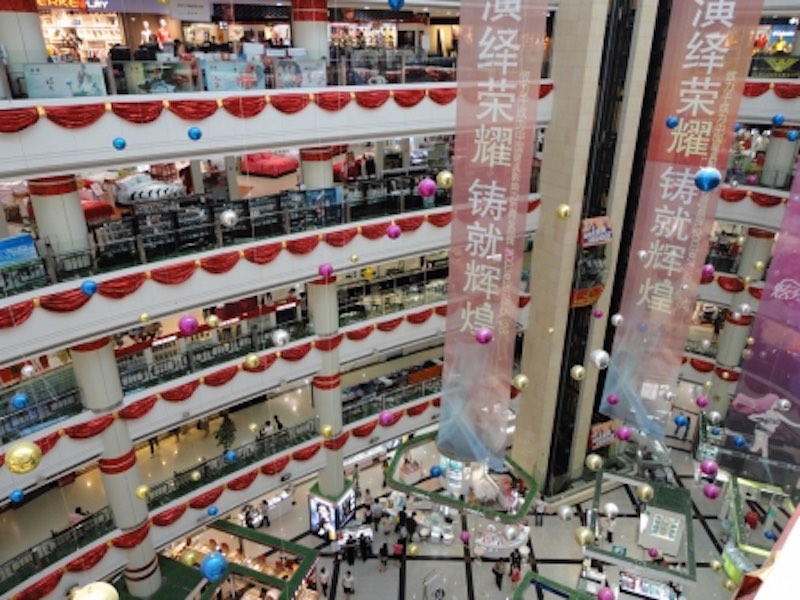
Mongolia has a million more people than Georgia and even lower country risk, but market saturation there is already 93.1 percent, so companies wishing to take advantage of the opportunities it offers should make their move now, A.T. Kearney’s time pressure measure indicates. A.T. Kearney researchers also note that “the luxury market may have the biggest potential, as Mongolia sits on deposits worth more than $1.3 trillion.”
4. Qatar
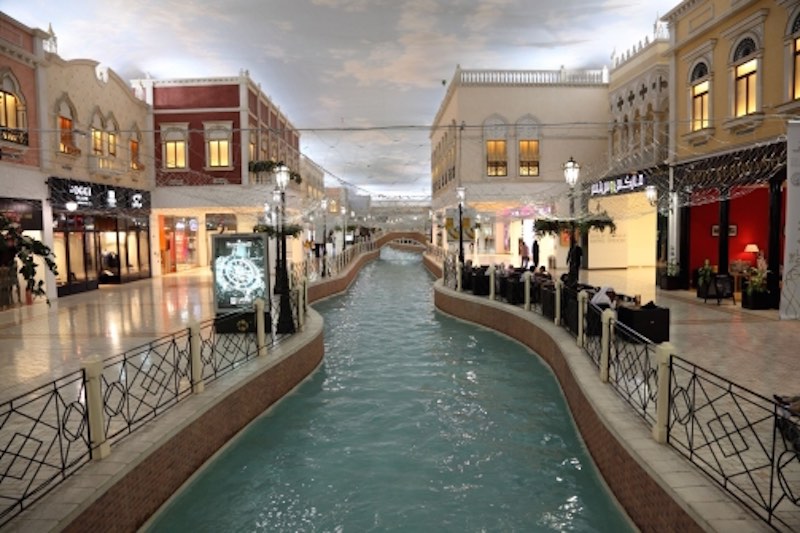
Qatar held on to its number 4 spot for another year. The country may be tiny (Qatar’s population totals 2 million people), but it boasts the highest GDP per capita of any state in the index at $144,000. It’s retail market is also far less saturated than some others at 34.3 percent. Country risk, however, is also high.
3. Chile
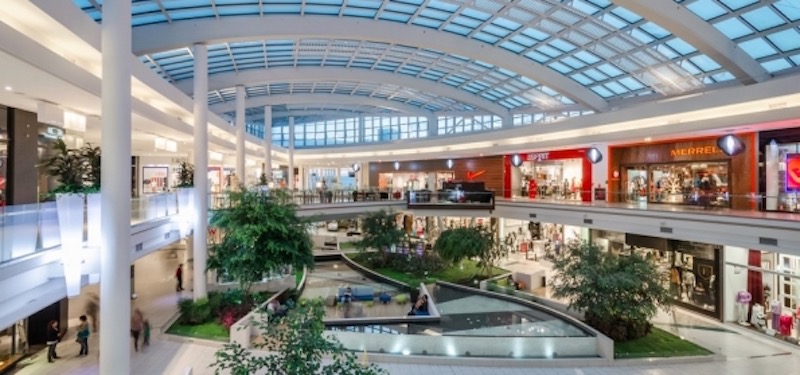
Chile, which took the top spot in the index last year, this year moved down two spots to number 3. The reason may be country risk, which A.T. Kearney rated at an astonishing 100 percent (Chile was the only country in the index to merit that rating). Yet with a population 18 million and retail market saturation of only 13 percent it may still be an attractive proposition for some retailers and retail developers.
2. Uruguay
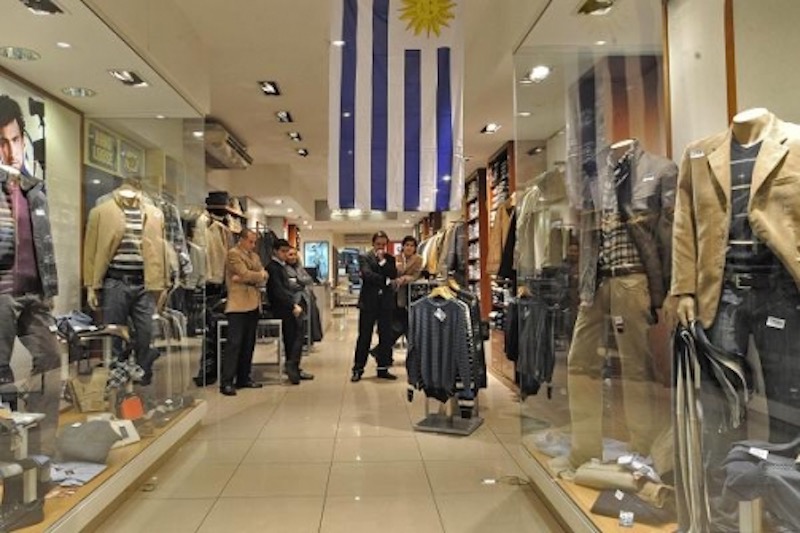
Uruguay, on the other hand, moved up in this year’s index. In spite of its small population (3 million), it has some attractive qualities, including moderate country risk and market saturation of 68.0 percent. According to the report: “Although GDP growth slowed down, tracking the economic challenges of its neighbours Brazil and Argentina, internal consumption maintained a positive track in 2014, demonstrating Uruguay’s continued potential for retailers.”
1. China
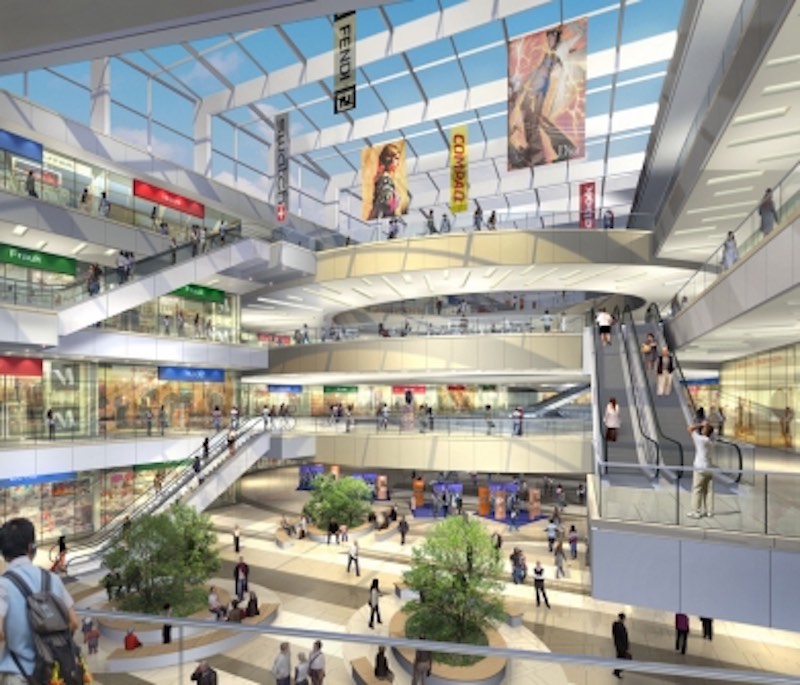
The country not only boasts tremendous consumer potential, with more than 1.36 billion people, its retail market saturation is currently only 42.3 percent. And the country risk is still lower than Chile’s, Qatar’s, United Arab Emirates’ or Brazil’s. According to A.T. Kearney, “Relative to other developing markets, [China’s] performance is unparalleled, and in 2014, its retail growth was an impressive 11.6 percent. China’s retail market is expected to surpass the United States as the world’s largest retail market by 2018.”
This feature originally appeared in National Real Estate Investor.

















